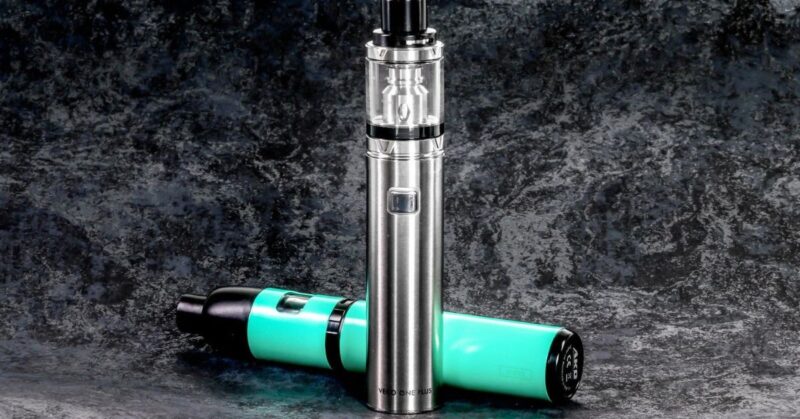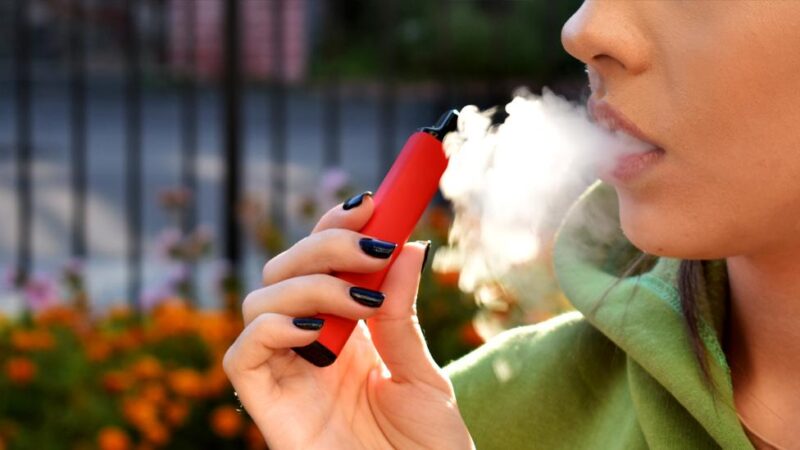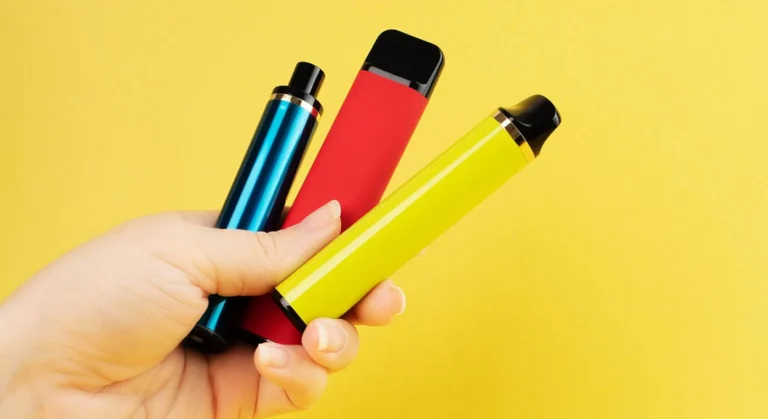Puff count might look like a simple number, but it hides more complexity than you’d expect. From coil resistance to draw length, there’s a lot that goes into how many puffs a vape device can deliver.
Many users are surprised when a “6000 puff” device doesn’t last quite as long as advertised. That’s because the number on the packaging is more of a laboratory estimate than a personalized guarantee.
Understanding how puff count is measured and what affects it can help you make smarter buying decisions, and avoid disappointment.
Whether you’re choosing between rechargeable and disposable devices, or you’re just trying to get the most out of your current vape, this guide will explain what’s really going on inside that compact piece of tech.
Why Puff Count Became the Centerpiece of Vape Marketing

The rise of high-puff disposable vapes changed the marketing game. Where once the conversation centered around battery capacity and milliliters of juice, today it’s all about how many hits you’ll get. “3000 puffs,” “8000 puffs,” “10,000 puffs”, these numbers have become shorthand for value and convenience.
It’s an easy concept for users to understand. If one device offers 2000 puffs and another claims 5000, the second one should last more than twice as long, right? That’s the assumption, but it’s rarely that straightforward.
Vape manufacturers determine puff count by using machines that simulate short, consistent draws. These are not human tests. Typically, they use 1.5–2 second puffs with equal intervals, under controlled lab conditions. But real-world vaping doesn’t look like that. People draw differently, in varying environments, and devices don’t always perform perfectly as they age.
So why does puff count still dominate vape packaging? Because it’s a quick visual signal. It suggests convenience, cost-efficiency, and long-term value, but understanding its limits is essential.
What Actually Determines Puff Count?
Let’s break down the true mechanics of puff count. At the core, it depends on two primary resources inside the vape device: battery power and e-liquid volume. Both are finite, and when one runs out, the vape stops delivering usable hits.
But the real puff count you experience is influenced by much more:
- Draw duration ─ A 4-second pull consumes more e-liquid than a 2-second puff.
- Coil resistance and design ─ Higher-resistance coils consume less liquid per puff but also deliver less vapor. Mesh coils, for example, offer bigger clouds but reduce puff count.
- Airflow settings ─ Wider airflow leads to fuller, deeper draws, again, using more juice per puff.
- Voltage regulation ─ Some devices deliver power consistently, while others degrade over time. Voltage drops can affect vapor production and flavor quality.
- User habits ─ Chain vaping or over-drawing can overheat the coil, waste juice, and strain the battery.
All of these elements shape your puff experience far more than the number on the box. And this isn’t just a concern for refillable vapes, disposables are affected too.
How Disposable Puff Count

When it comes to disposables, you don’t have the option to change coils or recharge multiple times. That makes puff count a key spec for judging performance. Devices like the hitz 2g disposable are pre-filled, pre-charged, and ready to go, but they still follow the same puff estimation model.
With these devices, either the battery dies, or the e-liquid runs out, whichever comes first. Since they’re sealed units, you won’t know exactly how much juice remains.
This uncertainty is why some users feel their devices “run out too soon,” especially if they draw longer or more frequently than the lab test simulation assumed.
What sets these options apart is how well they’re balanced: a solid battery, well-calibrated coil, and smooth draw resistance.
But still, it’s important to remember: you control the real puff count by how you use it. If you’re inhaling deeply and often, the advertised number may come and go quicker than expected.
If you want to extend your device’s usable life, short controlled draws, pacing, and proper storage make a noticeable difference.
Why Two “6000 Puff” Devices Can Perform Very Differently
Just because two devices claim the same puff count doesn’t mean you’ll get the same experience. That’s because manufacturers can take very different approaches to engineering, even if the end number is identical.
Here’s what makes the difference:
- Juice consistency ─ Some e-liquids are thicker (higher VG), meaning they vaporize more slowly but may clog certain coils.
- Power output ─ A device with higher voltage can produce more vapor, but it consumes both power and juice faster.
- Coil quality ─ Burnt hits near the end of the vape’s life? That’s often a coil issue. Cheap coils degrade quicker, reducing flavor quality and usability long before the battery or e-liquid is gone.
- Flavor and nicotine strength ─ Vapes with stronger throat hits may lead to shorter puff sessions, stretching total use time. Milder ones may encourage more frequent draws.
So if one vape feels like it lasts twice as long as another, even though both are labeled 6000 puffs, it’s not your imagination. It’s just different internal math.
What Users Can Do to Maximize Puff Count

While some factors are built into the device, there are ways to help your vape go the distance:
- Keep puffs short – Around 2 seconds mimics lab tests and conserves liquid.
- Avoid chain vaping – Give the coil a second to cool between hits to prevent burnout.
- Store at room temperature – Heat and cold stress the battery and coil.
- Inhale gently – Overdrawing stresses the coil and wastes vapor.
- Don’t use the device past its prime – Burnt flavor isn’t worth the “extra” puffs.
In short, treat your vape with care, and it’s more likely to perform close to what the label suggests.
Puff Count and Health ─ A Cautionary Consideration
There’s also a wellness angle here. As puff counts go up, so does potential exposure, especially with flavored disposables, where it’s easy to underestimate your intake.
A 2023 study in Addiction Science & Clinical Practice found that users of high-puff-count vapes were more likely to lose track of their actual nicotine consumption. Devices that don’t show liquid or battery indicators can encourage users to “chase the end,” unknowingly exposing themselves to more vapor, and potentially more contaminants, than intended.
That’s not to say puff count is inherently dangerous. But higher capacity devices come with more responsibility. Know what you’re inhaling. Choose brands that disclose coil materials, nicotine levels, and safety tests. If it’s unclear what’s inside, it may not be worth the extra puffs.
Conclusion ─ Look Beyond the Number
Puff count is a useful guide, but it’s not a promise. Think of it like estimating how many songs you can stream on a phone battery: your habits, your environment, and your tech all shape the outcome.
For smarter buying decisions:
- Check coil type, battery size, and juice volume
- Consider user reviews, not just box specs
- Match your vaping habits to the right device type
Ultimately, puff count is just one part of the equation. What matters more is how your device performs from first puff to last.

